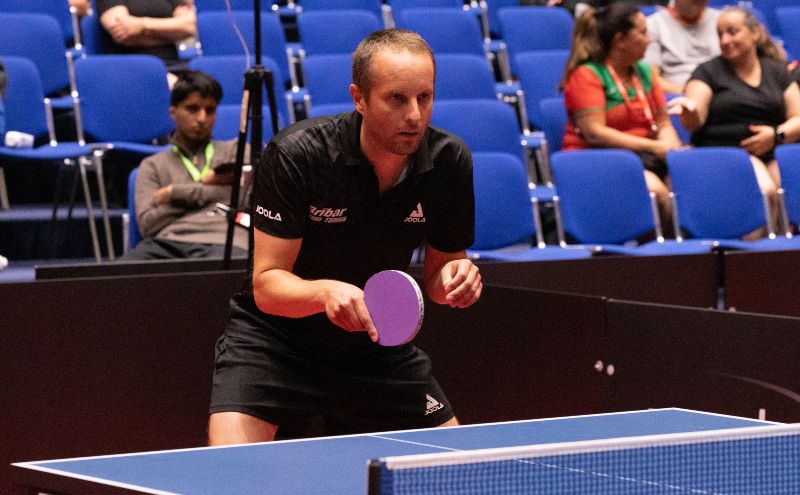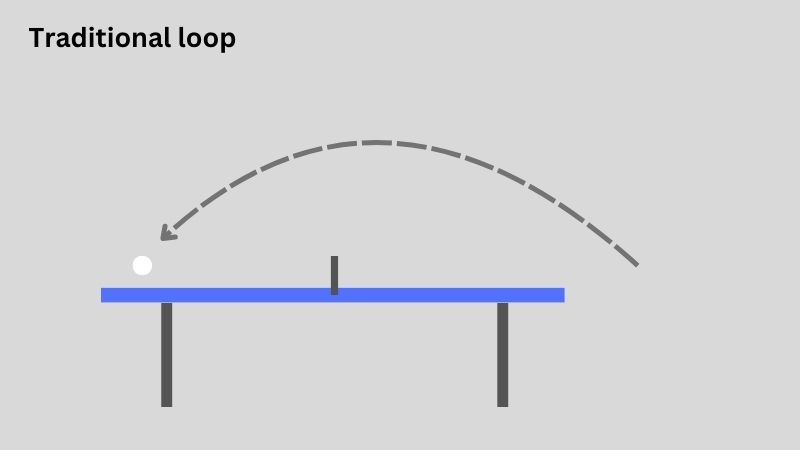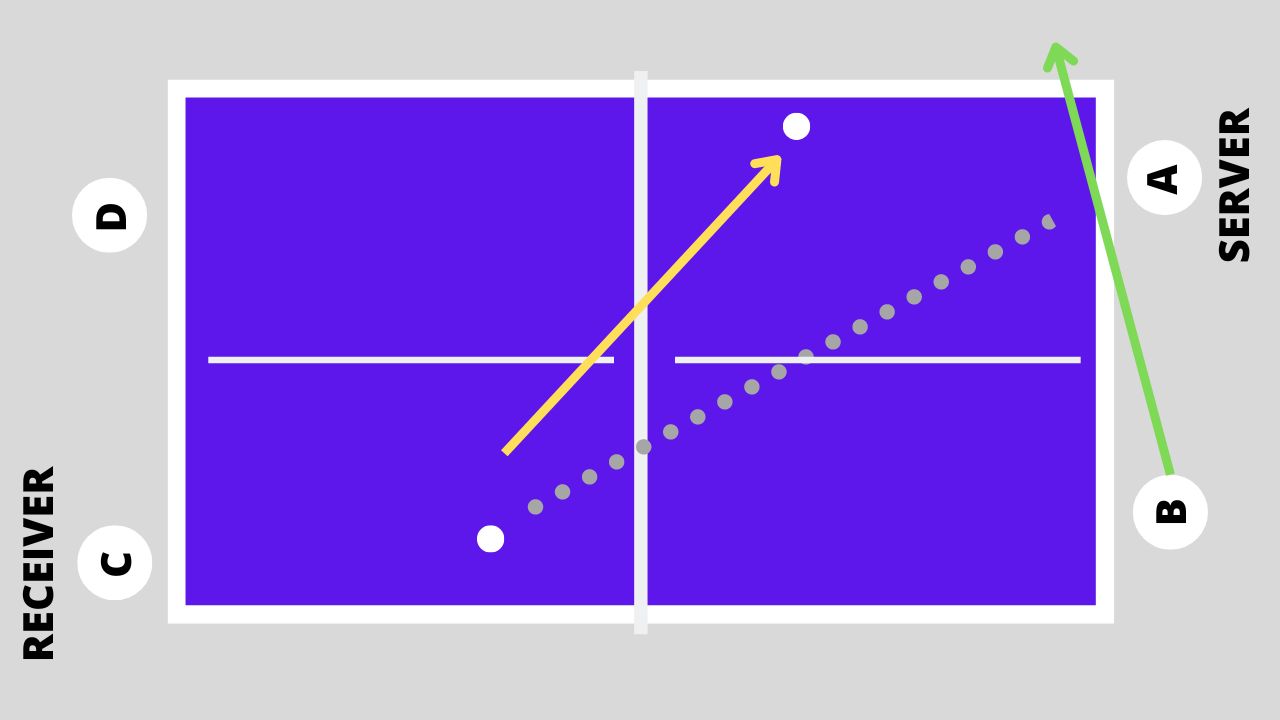Mastering the Art of Returning Serves: A Key Skill for Table Tennis Success
Published: May 23, 2022
Source: Table Tennis Masters
As a seasoned table tennis coach, I recently conducted a coaching session focused on the crucial skill of returning serves. During the session, I posed a question to the players in attendance: “Do you regularly practice returning serves?” Interestingly, only one player raised their hand, while the remaining nine did not. This informal poll reflects a common trend observed within the amateur table tennis community – a significant number of players tend to overlook the importance of practicing this essential skill.
The ability to effectively return serves is paramount in table tennis. Consider this: 50% of the points in a match begin with your opponent’s serve. Along with your own serves, the skill of returning serves is at the top of the list of the most important skills to master in the sport. You must be able to read your opponent’s serve, get the ball back on the table, and ideally put them under pressure. If this skill is underdeveloped, it can lead to a considerable disadvantage, with missed serves costing you valuable points in a game up to 11.
Returning serves was a major weakness in my own game early on. I would frequently misjudge the spin on the serve, often resulting in the ball hitting the net or flying off the end of the table. Against certain opponents, it felt like I was giving them a head start of 6 or 7 points in every game – a deficit that is incredibly challenging to overcome.
To address this issue, I made returning serves a top priority in my training regimen. The primary challenge I faced was accurately reading the spin on my opponent’s serves. If I could identify the spin, I was generally able to return the serve effectively. However, the randomness and variation in spin often left me flummoxed.
“To improve this crucial skill, I implemented a simple yet effective exercise. I would have a training partner serve to me – any serve, any spin, to any position – in a completely random pattern. I would then have to read the spin and make a successful return.”
At first, the task was incredibly difficult, and I made numerous errors. But this scenario mirrored the reality of match play, where opponents are constantly varying their serves.
Through countless repetitions of this exercise, over the course of years rather than weeks, I gradually improved my ability to read service spin. I began to recognize “new” serves less frequently, and I was able to apply my experience of returning serves from one player to another. For example, after extensively practicing against a player with a strong tomahawk serve (varying backspin and topspin), I found that I could more readily handle similar serves from other opponents.
Even with this extensive practice, I still occasionally struggle against the most powerful servers. However, the weakness that once plagued my game is now a much more manageable aspect of my table tennis skills. Returning serves is no longer a significant liability, and it remains one of my favorite exercises to this day.
I encourage all table tennis players, whether amateur or professional, to prioritize the practice of returning serves. It is a challenging yet crucial skill that can make a profound difference in your game. Remember, half of the points in a match begin with your opponent’s serve – don’t let this crucial opportunity slip away. Embrace the challenge, put in the hard work, and watch your game – and your confidence – soar.
🔗 Source


